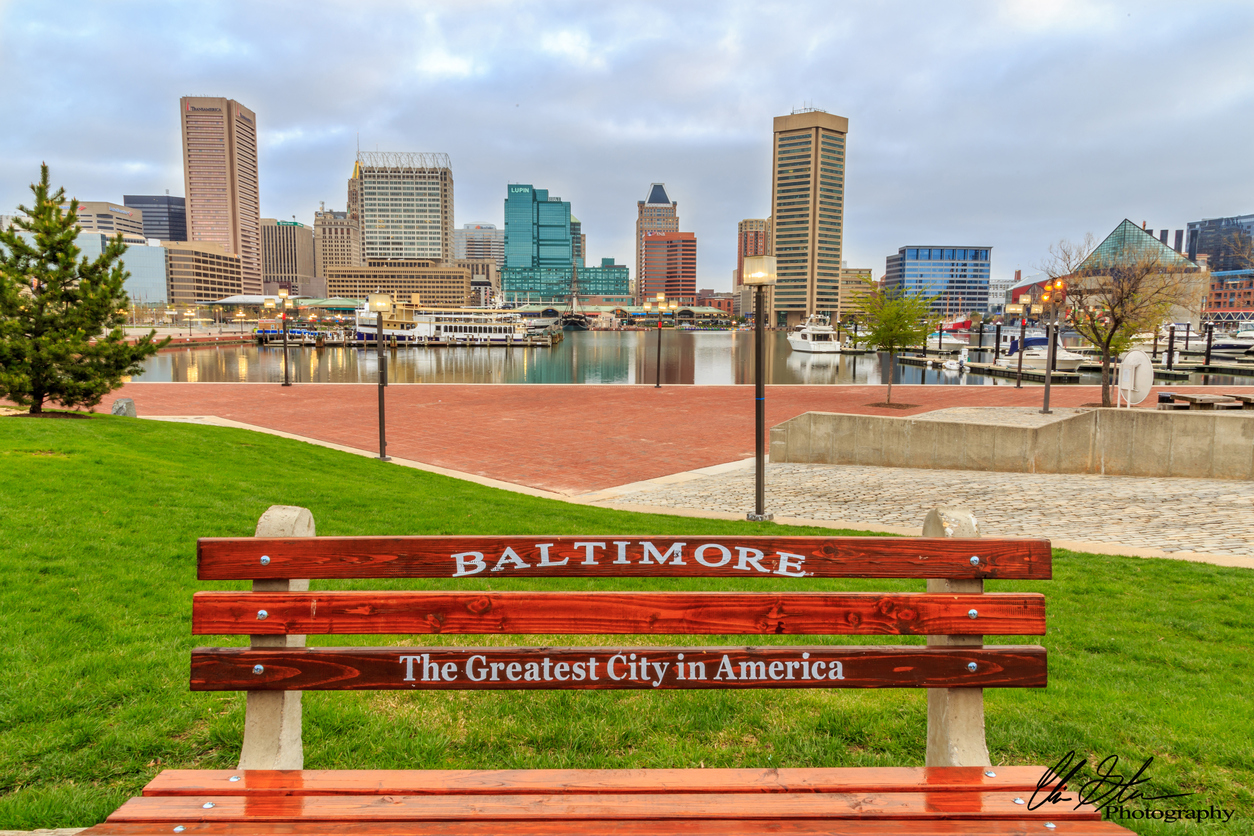
- Budget Reform /
- Criminal Justice /
- Economic & Fiscal Policy /
- Property Taxes /
- Public Pensions /
- Taxes /
- Welfare
Baltimore: On the Cusp of a Catastrophe?
Suddenly it’s 2020, which means… census time! Exciting if you’re a numbers nerd like me, probably boring to most. For Baltimoreans, though, there’s a crucial question: what if this census reveals that people continue to flee the city? The last inter-census estimate in 2018 had us at 602,495, the lowest count in over a century. What if things get worse?
This question moved to the front burner when the intrepid nerds at Truth in Accounting dropped their latest report on the Financial State of the Cities. The news is not good for Baltimore: of 75 ranked cities, we place 66th and earn a barely-passing D grade.
Our problem is that we’ve made a lot of expensive promises and lack the dough to honor them. Specifically, the accountants calculate we owe about $3.5 billion more than we’ve got in reliable revenue streams. The largest part of that tally stems from unfunded pension liabilities ($1.9 billion) and retiree health benefits ($862.1 million). The total burden comes to about $16,000 per taxpayer.
Bad, yes. But note: the aforementioned costs are, unfortunately, “fixed.” These are payments for things that will not buy us safer streets or better schools – they’re costs of services rendered in the past. What’s more, we can’t reduce them as folks leave town. We can’t call up the retirees and say “we’re cutting your pension benefits by 20% ‘cause… not enough taxpayers. Oh, and don’t count on us paying your doctor bills anymore.” Can’t happen.
So as people flee, we’ll divide those fixed costs among fewer payers, making the burden heavier for each… and likely tempting more taxpayers to flee before things get really awful. In fact, there are signs that flight is already reducing demand for city property and shrinking its tax base: over the last decade, the real, inflation-adjusted assessed value of property in Baltimore has fallen 6%.
But now Maryland legislators – urged on by the city’s delegation – are planning to saddle Baltimore with an additional $330 million annual contribution to its school budget thanks to the Kirwan education “blueprint.” Adding to operating costs when your customer base and revenue sources are dwindling seems risky. But since the plan will mandate putting lots more teachers and bureaucrats on the public payroll at much higher salaries – the key goals of its union cheerleaders, after all – and since all that will lead to enormous long-term pension and retirement obligations, it sails past risky to irresponsible.
So Job #1 in Baltimore must be: win people back; attract taxpayers.
Those focused on today’s headlines and the city’s tragic homicide rate will say “that’s why we need to lick the crime problem before we do anything else.”
No. We need to get to work licking the crime problem at the same time we do something else – which involves rescuing the city’s economy from stagnation and making it attractive to residents and employers.
Baltimore has been losing population and jobs for seven straight decades, during which crime has had its ups and downs. The constant – the thing that has always been working to repel people and investors over that time – is the city’s non-competitive tax rate, double that of any nearby jurisdiction.
That simply has to change. A competitive tax rate is not an option but rather a necessary (though not, of course, sufficient) condition to stop the city’s hemorrhaging of population and set it on a proper course.
For a long time, we at the Maryland Public Policy Institute have been recommending a concrete plan to make Baltimore’s tax rate competitive. History makes clear: cities that see the light and become competitive on taxes – from San Francisco with Prop 13 in 1978, to Boston with Prop 2 ½ in 1980, to Washington, D.C. with its Tax Parity Act in 1999 – reverse their declines and grow and prosper.
If you think Baltimore can thrive without becoming tax-competitive, you’re fooling yourself. If you think the city can’t afford to do so, you’ve got things exactly backward: it can’t afford not to do so. And the longer we delay and the more who flee, the harder it’s going to be to pull out of what is looking very much like a death spiral.
Stephen J.K. Walters is the author of Boom Towns: Restoring the Urban American Dream and chief economist at the Maryland Public Policy Institute. Email him at swalters@loyola.edu.





